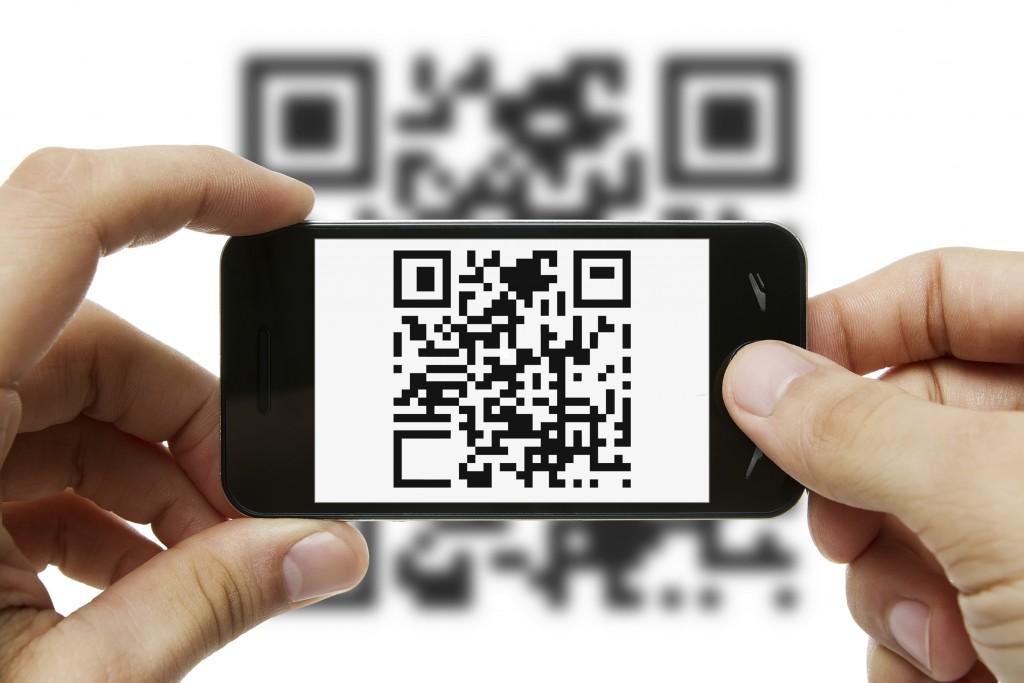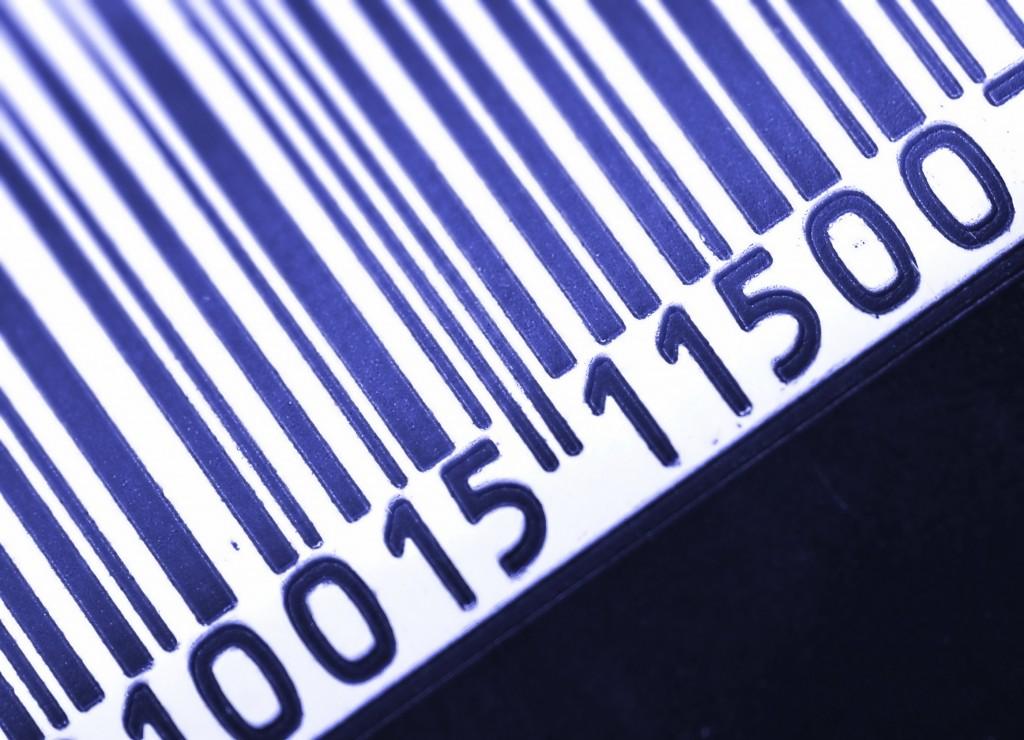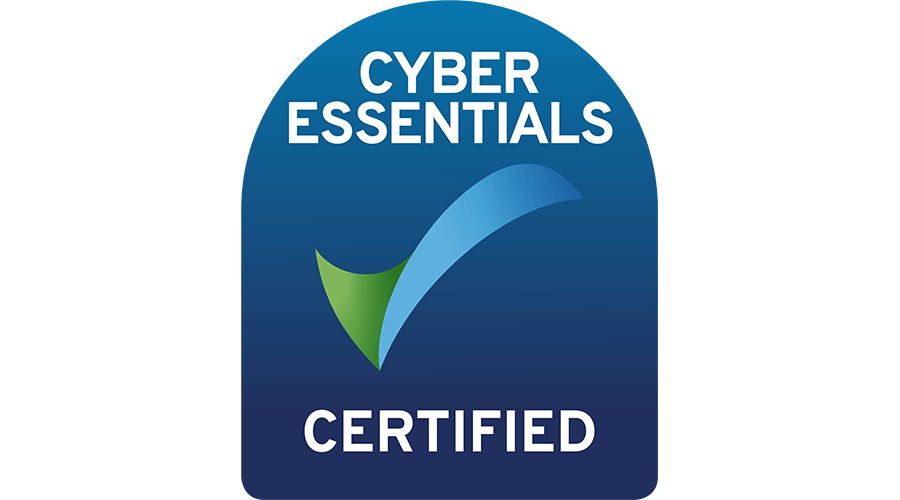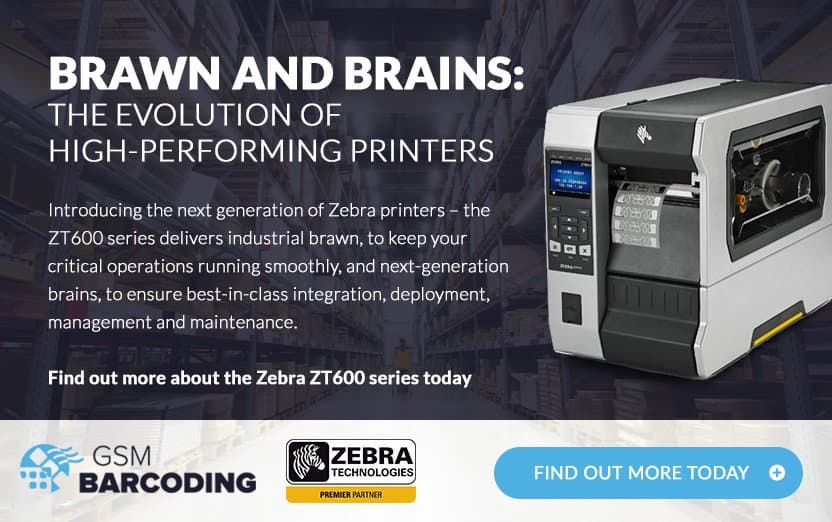Barcodes have become increasingly popular over the past few decades or so, especially in the food packaging and retail industries. But what goes into creating a barcode? Well, we at GSM Barcoding work with barcoding systems every single day, so it would make sense that we knew how to create one!
Assign the Numbers Within the Barcode
First and foremost, before a company can start using barcodes, they need to assign the numbers that are within them – these numbers are known as GS1 Identification Keys. These numbers consist of a GS1 Company Prefix, that provides a way for businesses to create identification keys for trade items, locations, assets, coupons, etc. that are unique throughout the world.
The Company Prefix is formed of two sections; a GS1 Prefix that is assigned by the GS1 Global Office, and the Company Number, which is assigned by a GS1 Member Organisation.
Select a Printing Process
Once the numbers have been assigned, it’s time to think if you want your barcodes to carry static or dynamic information. If it will carry static information, then printing it out directly onto the package or on a label is the most common method. If it will carry dynamic information, then either digital or a combination of digital and traditional printing will most likely be the necessary method.
Figure Out the Primary Scanning Environment
This is important because the specifications of the barcodes, such as the type, size, arrangement, and their quality, will determine where they will be scanned. If you know where it will be scanned, then the correct specifications can be applied during the production process.
For example, if you have a barcode that will be scanned at the retail point-of-sale, it will need to support omnidirectional scanning, meaning that the barcode can be read if it isn’t in a vertical or horizontal configuration when it is being scanned.
Decide What Type of Barcodes You Want
This is one of the most important steps when it comes to creating a barcode; you want the barcode to suit the environment that it will be used in, otherwise machines and users will find it confusing and it could change your entire stock management systems. However, there are a few tips you can take:
- If you need to scan an item at the point-of-sale (POS), then a UPC or an EAN barcode would be the most beneficial, as this is guaranteed to be scanned by POS systems all around the world
- If the barcode needs to include lots of information, such as expiry dates, serial numbers, or other important data, then a Code-128 or 2D barcode would be good options, since that can contain large amounts of data, which is important in the logistics transportation industry
- If you want to encode a URL to make extra packaging information available for the end user, then a 2D barcode would be the best option
Think About the Size and Text on the Barcode
Once you have decided what type of barcode you want, then it is time for the design stage. Making sure that the size is in correlation with the type of barcode you have chosen is incredibly important. The text below a traditional barcode is known as Human Readable Interpretation (HRI), and it is important because, if the barcode becomes damaged or hasn’t been transferred correctly, the HRI provides a back-up of the information stored within the barcode.
Lastly, Consider the Colour and Placement
Optimally, the best colour combination to use for a barcode should be black bars and a white background. However, if you wish, you can have slight deviations from this colour, but as long as the bars have a dark colour, for example dark blue, dark brown, or dark green, and the background should have a light colour, such as white, then everything should be fine when it comes to barcode scanning.
Once this has been chosen, it’s time to assign the barcode placement on the packaging. To make the process as smooth as possible, it’s best to talk to the packaging engineer to ensure that the symbol will not be obscured or damaged during the packaging and transportation processes.
When it comes to creating a barcode, everything is completed in a strict and professional manner, especially because barcodes can store incredibly important information about a trade item, or a certain asset of your business.
At GSM Barcoding, we always ensure that your barcodes are treated with care and consideration, which is why we are able to provide the most sophisticated barcoding systems for your business. We also provide expert barcode label printing, ensuring that your labels are specifically tailored to your business and application.
If you want to know more about the services we can provide for you, then please don’t hesitate to contact us today on 01833 637 647 (Northern Office) or 01582 869 000 and we will be more than happy to help.
To learn more about this and the technologies that can help you stand apart from the competition, increase your productivity and improve your warehousing, download the full, free report below:




















